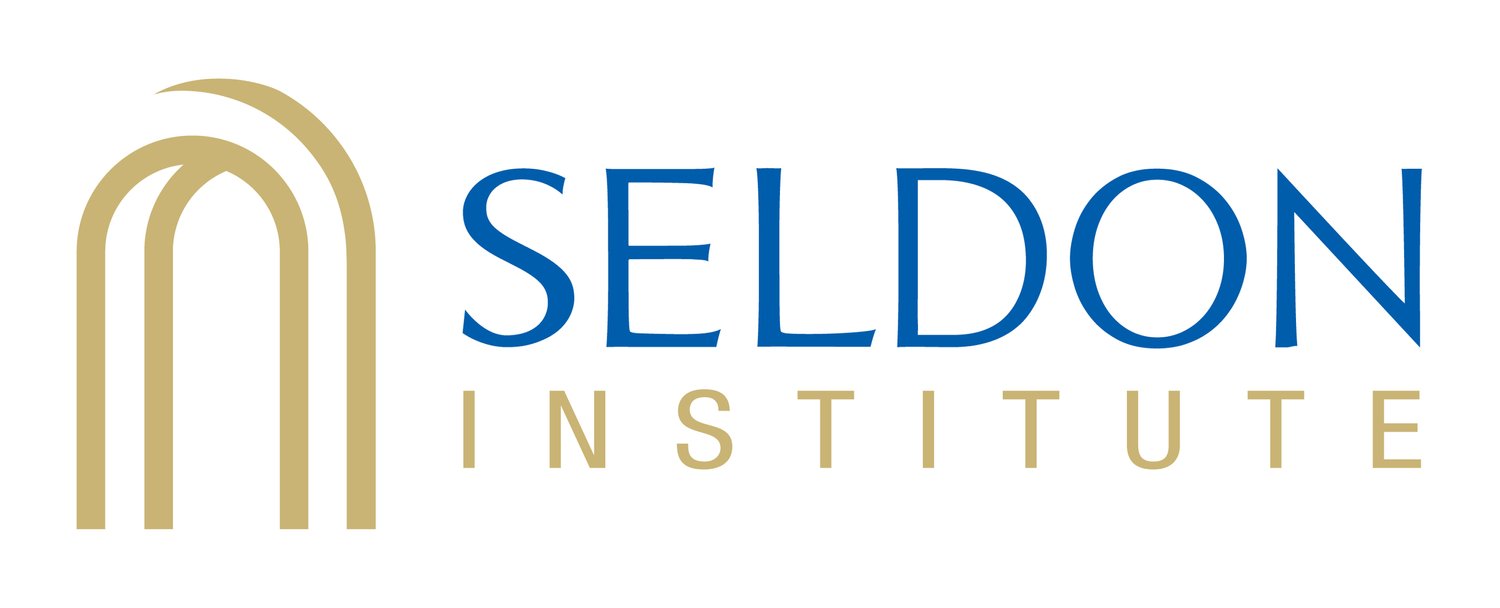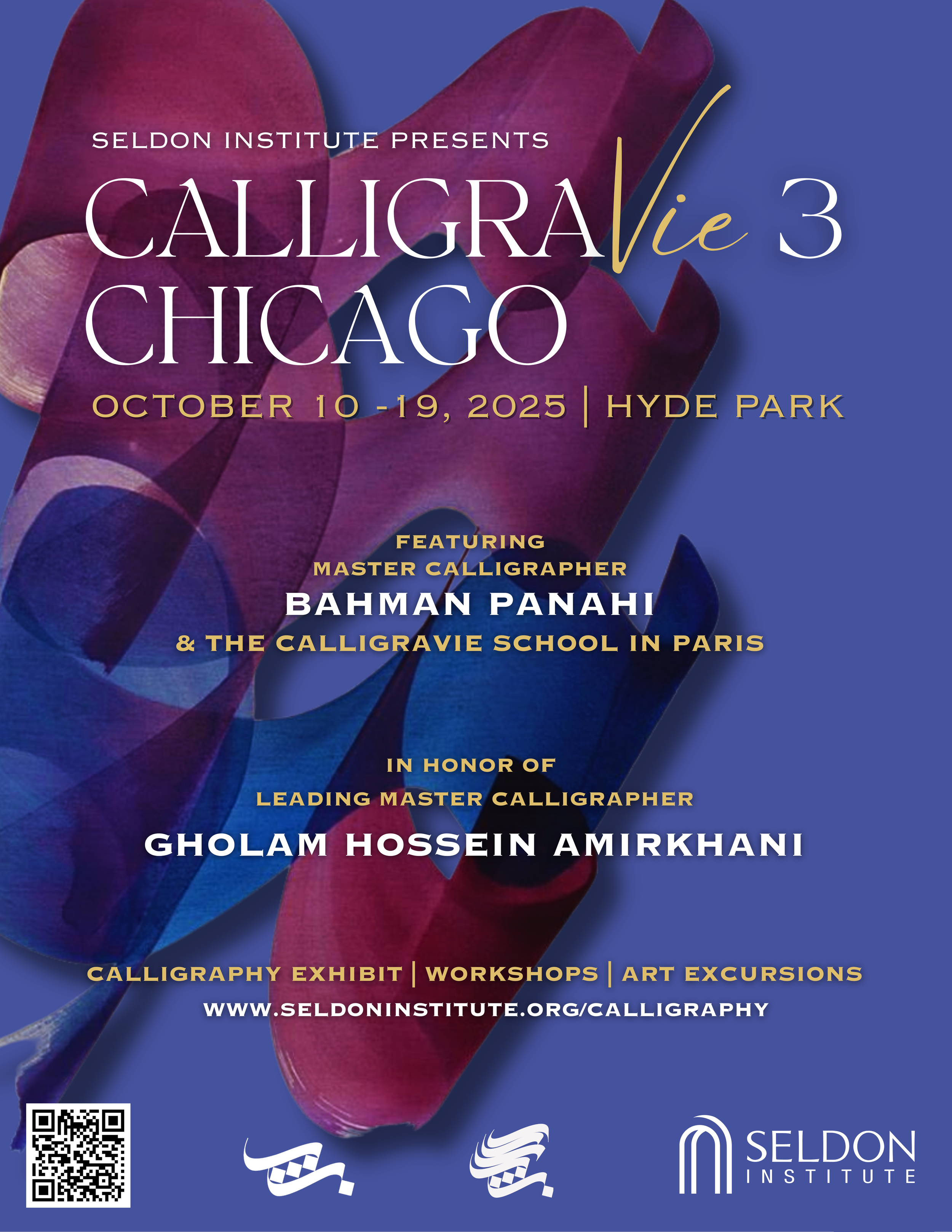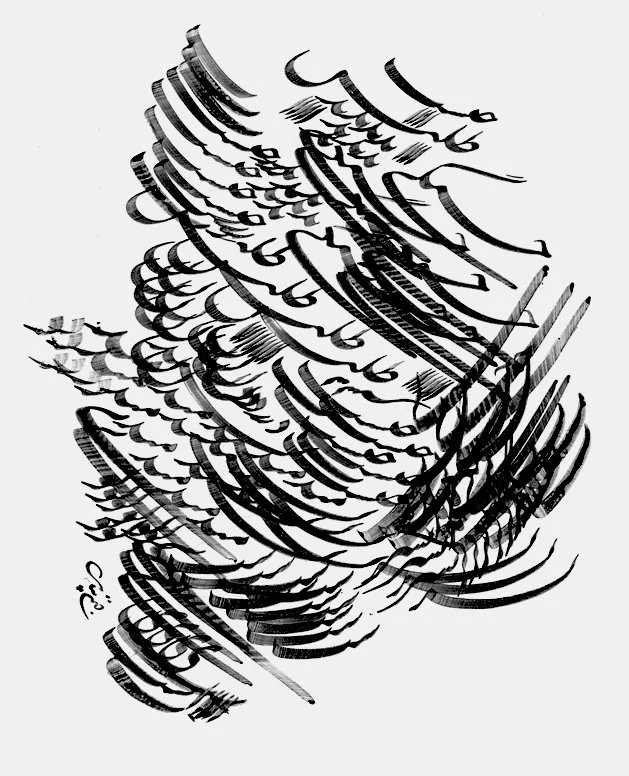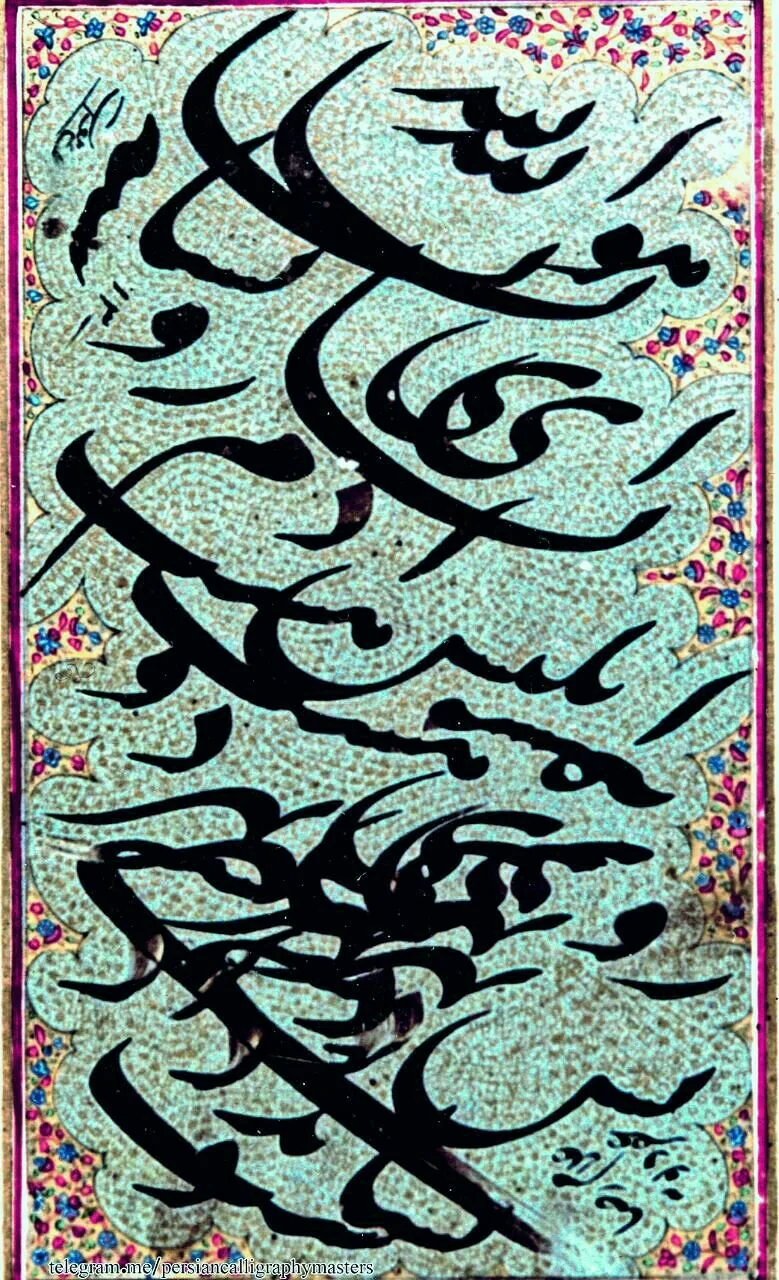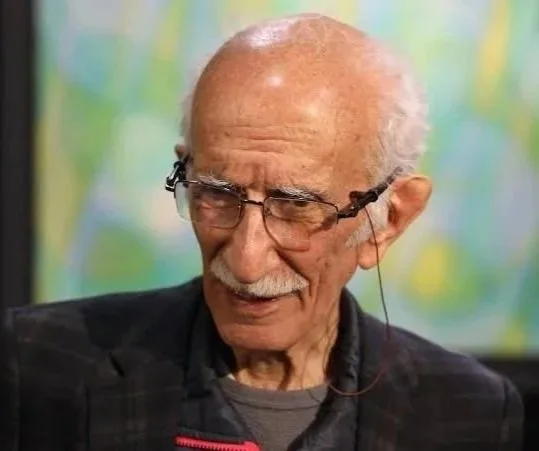CalligraVie exhibition
Opening night | October 10th, 6PM-8PM in Hyde Park
Experience CalligraVie—a limited-run exhibition and traveling arts program that explores traditional and contemporary forms of calligraphy with Master Calligrapher, Bahman Panahi. This year the program is hosted by the Seldon Institute in Chicago in collaboration with the de facto CalligraVie School in Paris
Join us for a three generational CalligraVie exhibit, immersive workshops on the nastaliq script and Musicalligraphy, and curated excursions connecting you to the artistic pulse and history of Chicago.
The exhibition brings together works by Bahman Panahi, an internationally acclaimed visual artist and master calligrapher, alongside those of his students.
CalligraVie, created by Panahi, embodies the transmission of contemporary Islamic and Persian calligraphy to students who, for the most part, do not know the Persian language or Islamic culture, yet are drawn to the beauty of this art, the poetic, spiritual, and philosophical journey it offers, and its openness to the world.
As with all traditional arts, calligraphy is transmitted from master to student across generations. The process is akin to the cultivation of a bonsai tree: one does not impose one’s will upon it, but rather uncovers its nature and character, allowing it to express its full splendor. Such is the essence of Panahi’s teaching.
Following the exhibitions CalligraVie: Between East and West (Paris, 2022) and CalligraVie: Orsay (Château d’Orsay, near Paris, 2024), we bring you CalligraVie 3 Chicago (Seldon Institute, 2025), highlighting the artistic tradition and human richness of this transmission and the enduring bond between master and student.
About CalligraVie
CalligraVie is a de facto school of calligraphy that slowly emerged in Paris due to the convergence of dedicated students studying with Bahman Panahi. This, now traveling school, continues to expand through its international retreats known as CalligraVie on Voyage.
CalligraVie, the blending of the words calligraphy and vie (life) in French, captures the nature of the study of calligraphy, which extends beyond its tools, skills, and exercises, to embody a way of life.
Reserve Your Seat
5659 S Woodlawn Avenue, Chicago, IL. 60637 (private residence)
The Artist
Bahman Panahi
Franco-Iranian artist Bahman Panahi is a contemporary artist, master calligrapher, and musician specializing in Nastaliq and Musicalligraphy. His work highlights calligraphy as a living art, where gesture is combined with rhythm in the search for balance and harmony.
Dr. Panahi studied traditional Islamic and Persian calligraphy with leading Iranian masters Gholam Hossein Amirkhani, Yadollah Kaboli, Abdollah Foradi, and music with masters Mohammad Reza Lotfi and Houshang Zarif. He completed his Ph.D. in music and musicology at Sorbonne University. Musicalligraphy—his exclusive concept—highlights the deep relationship between music and calligraphy expressed in his work. He currently lives in Paris where he directs the de facto CalligraVie school.
Siyah-Mashq (سیاه مشق)
Artist Statement | October 2025
As a master calligrapher and teacher, I present here the Siyah-Mashq exercises created by my students at the CalligraVie school in Paris. Developed together over several years, this practice is central to my pedagogical approach and artistic practice, especially in a Western context, where I continue to adapt and refine my methodologies among non-Persian-speaking students.
Historically, Siyah-Mashq—literally “black exercise,” a calligraphic drill in black ink—emerged and developed during the Safavid period within the Persian calligraphic tradition. The practice also appears in other styles and schools of Islamic calligraphy, each with its own concepts and approaches. Calligraphers trained through tirelessly repeating letters and words, often until the page was saturated with dense layers of ink. Intended as technical practice to refine mastery of gesture, rhythm, and use of the reed pen (qalam), these exercises gradually evolved into powerful, abstract works of art, in which the energy of writing takes precedence over legibility.
Building on this lineage, in my teaching I treat Siyah-Mashq as both a tool for technical training and a space for creative freedom and personal discovery. For my students in the West, it serves as an accessible entry point into Persian calligraphy—a place to learn movement, breath, and balance without the immediate need to comprehend the text.
In developing my concept of Musicalligraphy, I have been particularly inspired by the sonic and rhythmic dimensions of Siyah-Mashq. Each stroke, each repetition, each variation carries its own musicality where the written gesture becomes melody and the black ink resonates like a pulse. For me, Siyah-Mashq is a bridge between calligraphy and music, between silence and sound, and between discipline and improvisation.
The works in this series speak to both the historical richness of this tradition and its immediate relevance, revealing how students make a centuries-old heritage their own through continuous practice and, eventually, the ability to reimagine it through the traditional principles of harmony and their own unique sensibilities. Through this collective mosaic of Siyah-Mashq, I aim to highlight transmission—the passing on of a traditional art that continues to inspire, shape, and open new creative paths at the intersection of cultures and disciplines.
The first two images of Siyah-Mashq by Bahman Panahi
Mirza Gholam Reza Esfahani (1830-1887)
Emad al-Kottab (1861-1936)
From our Islamic Arts Studio launch featuring artist Bahman Panahi and Nuria Garcia Masip—live Musicalligraphy performance by Panahi.
